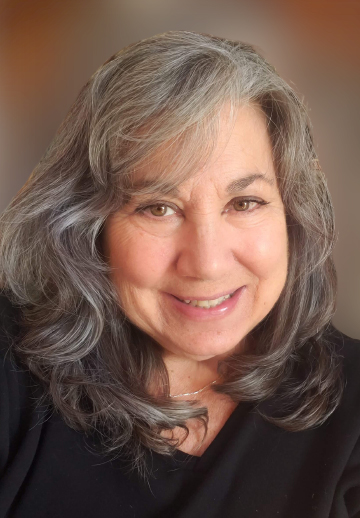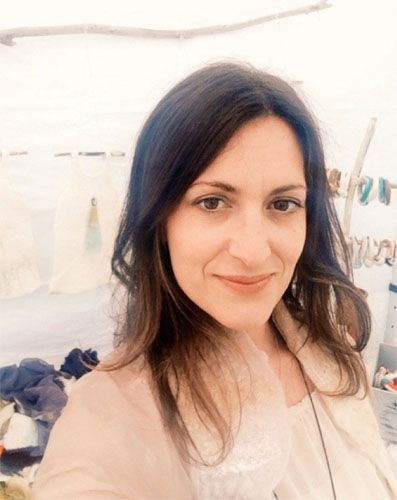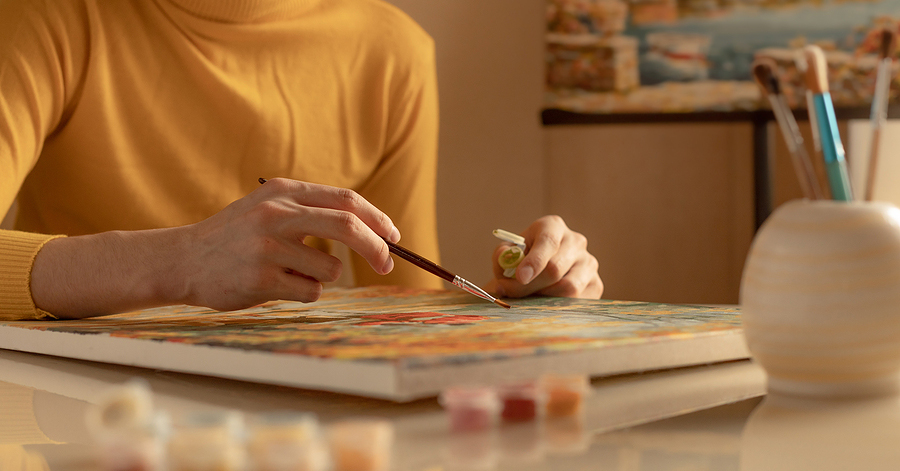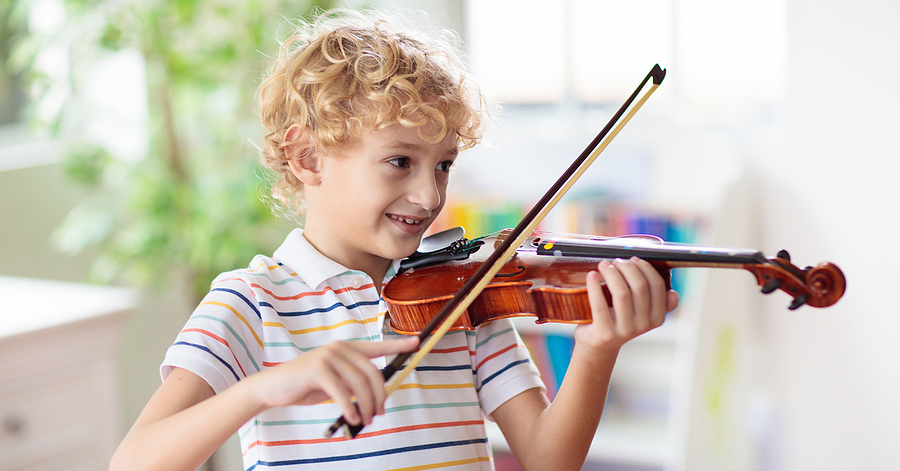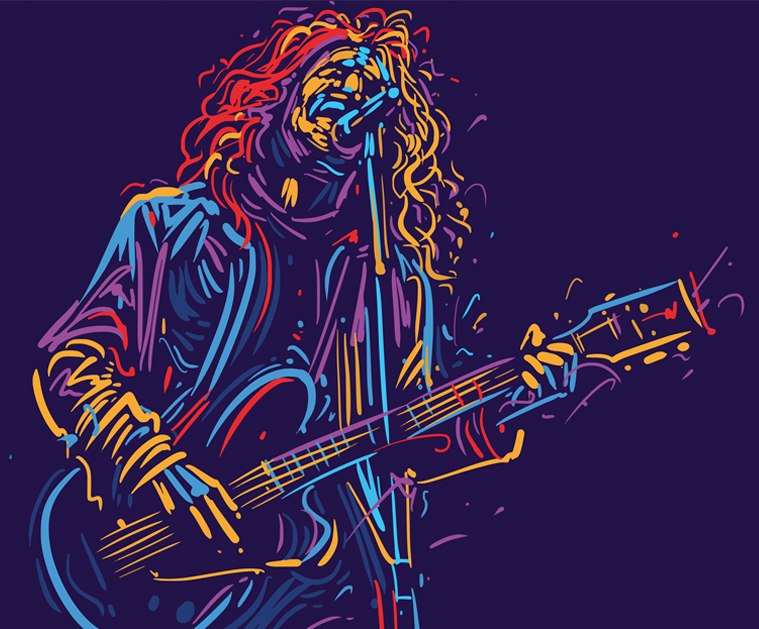We’ve all been there — plucking the strings of our guitar in our room or humming a tune we’ve just penned down. But there’s an inexplicable magic when you transition from solitary sessions to syncing beats with a group. When in a band, music takes on a whole new dimension, and that simple tune you once hummed transforms into a melody that fills rooms and hearts. But how do you make this transition?
It’s Not Just About You
One of the most vital lessons in the world of band music is understanding that it isn’t solely about individual prowess. Playing in a band transcends showcasing personal talent; it’s about harmony, timing, and symbiosis. It’s a delicate dance where each instrument, from the profound bass to the soaring vocals, interlaces to create a mesmerizing choreography of sound.
Cultivating Teamwork: The Heart of Band Performance
Each band member must understand and appreciate their role and the roles of their mates. This is where teamwork takes center stage. It’s a symbiotic relationship where:
- Listening becomes as crucial as playing. By tuning into fellow members, you can adjust and adapt, ensuring the collective sound remains harmonious.
- Learning from One Another brings innovation. Each band member brings a unique style, and cross-learning can lead to some magical, unexpected results.
- Coordination and Collaboration are paramount. A missed cue or an offbeat can disrupt the rhythm, but with practice and understanding, a group can produce music that resonates deeply.
East End Arts’ Group Music Classes: Your Stepping Stone
For those looking to traverse this exciting journey, East End Arts presents Group Music Classes under the experienced guidance of Bakithi Kumalo, a 5-time Grammy award-winning musician. Known for his iconic bass lines and groundbreaking solos, Bakithi brings a wealth of knowledge, ensuring students get the best foundation.
What makes these classes unique?
- Holistic Training: From setting up equipment to harmonizing vocals and taking solos, the training ensures an all-round development.
- Mastering Key Skills: Beyond the basics, the focus is also on honing performance, timing, stage presence, and most importantly, playing cohesively as a band.
- Song Creation: In a thrilling addition, students can now dive into songwriting, lyricism, and even record their original pieces in a state-of-the-art Recording Studio.
To ensure a cohesive learning environment, participants are expected to be proficient at an intermediate to advanced level. And with classes segmented by age, everyone from young budding musicians to seasoned players will find a place to fit in:
- New Kids on the Rock for the younger champs
- EEA Rocks One & Two for the enthusiastic teens
- Rock U for the young adults
- BLTN for those who believe age is just a number
Embarking on a musical journey with a band can be both exhilarating and challenging. But with the right guidance, like that from East End Arts, and a commitment to collaboration, the journey can lead to beautiful destinations. So, pick up that instrument, join a class, and let’s rock together!


